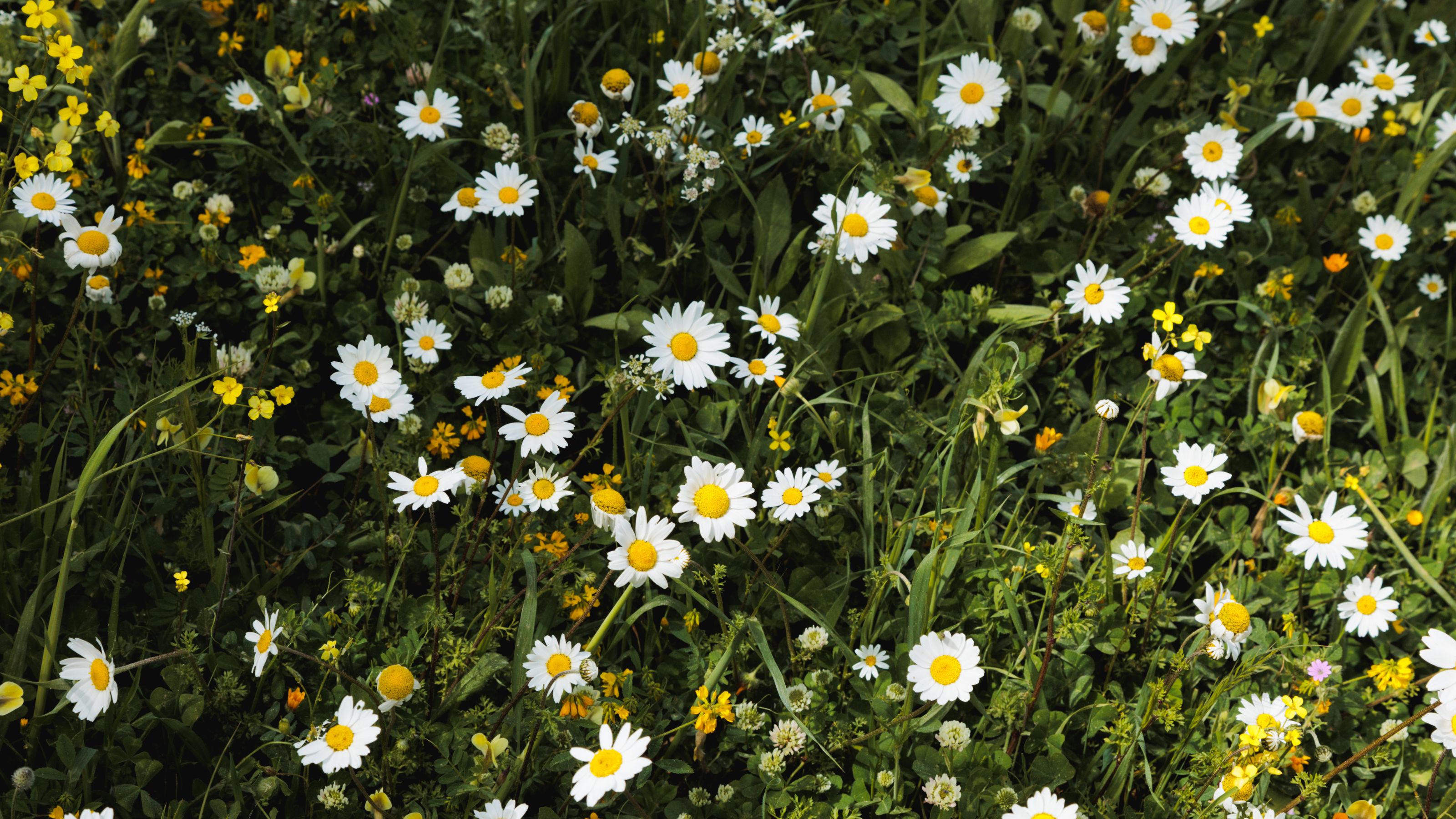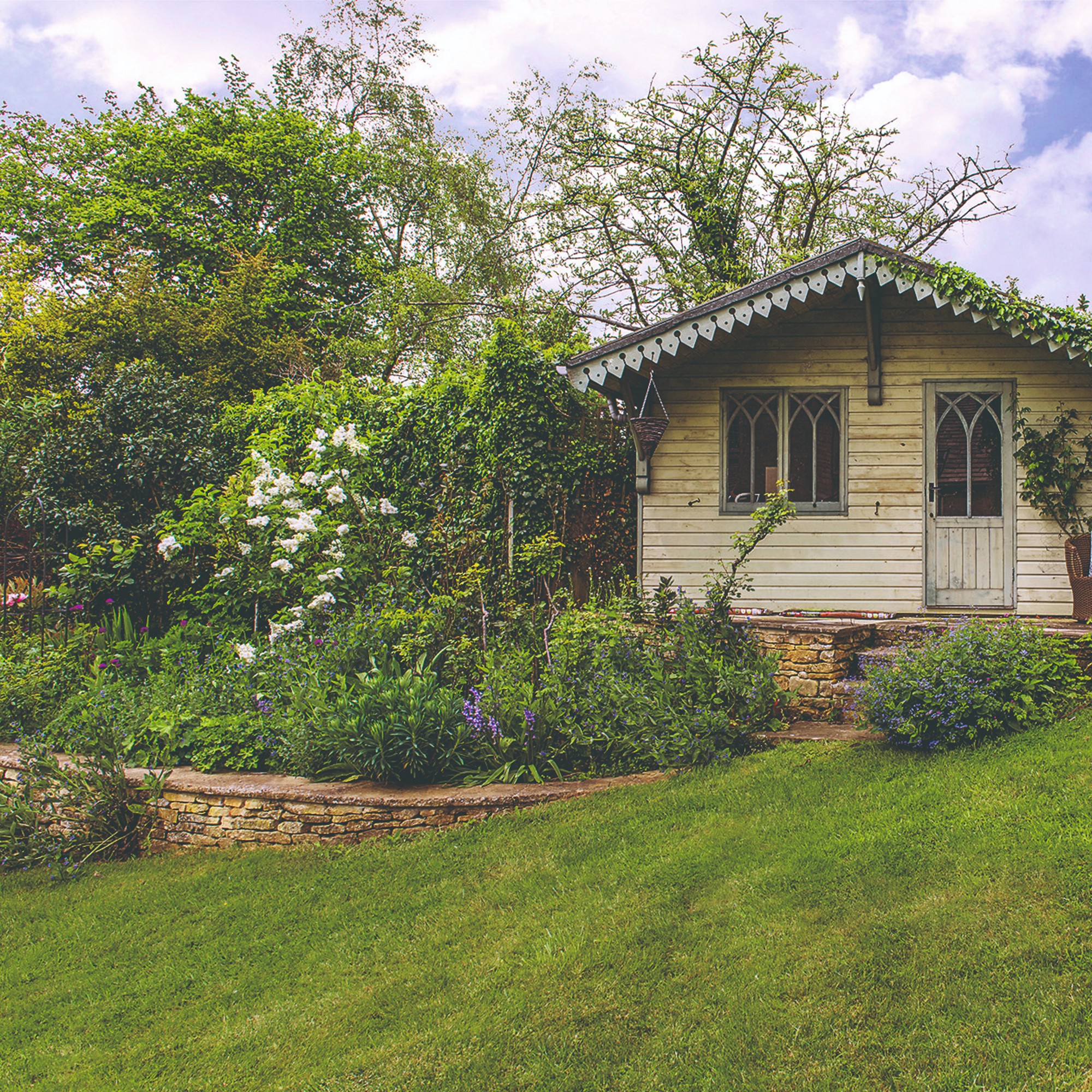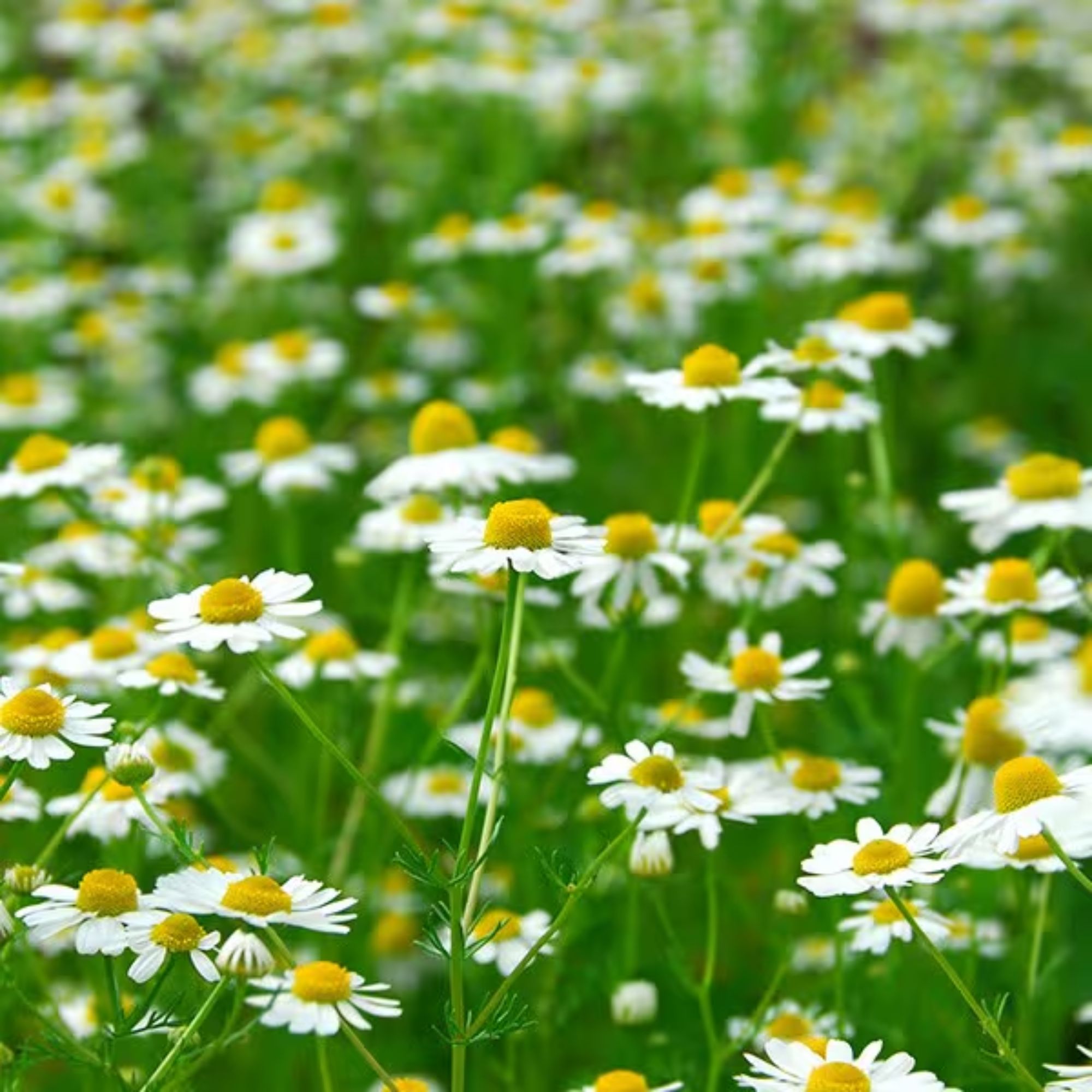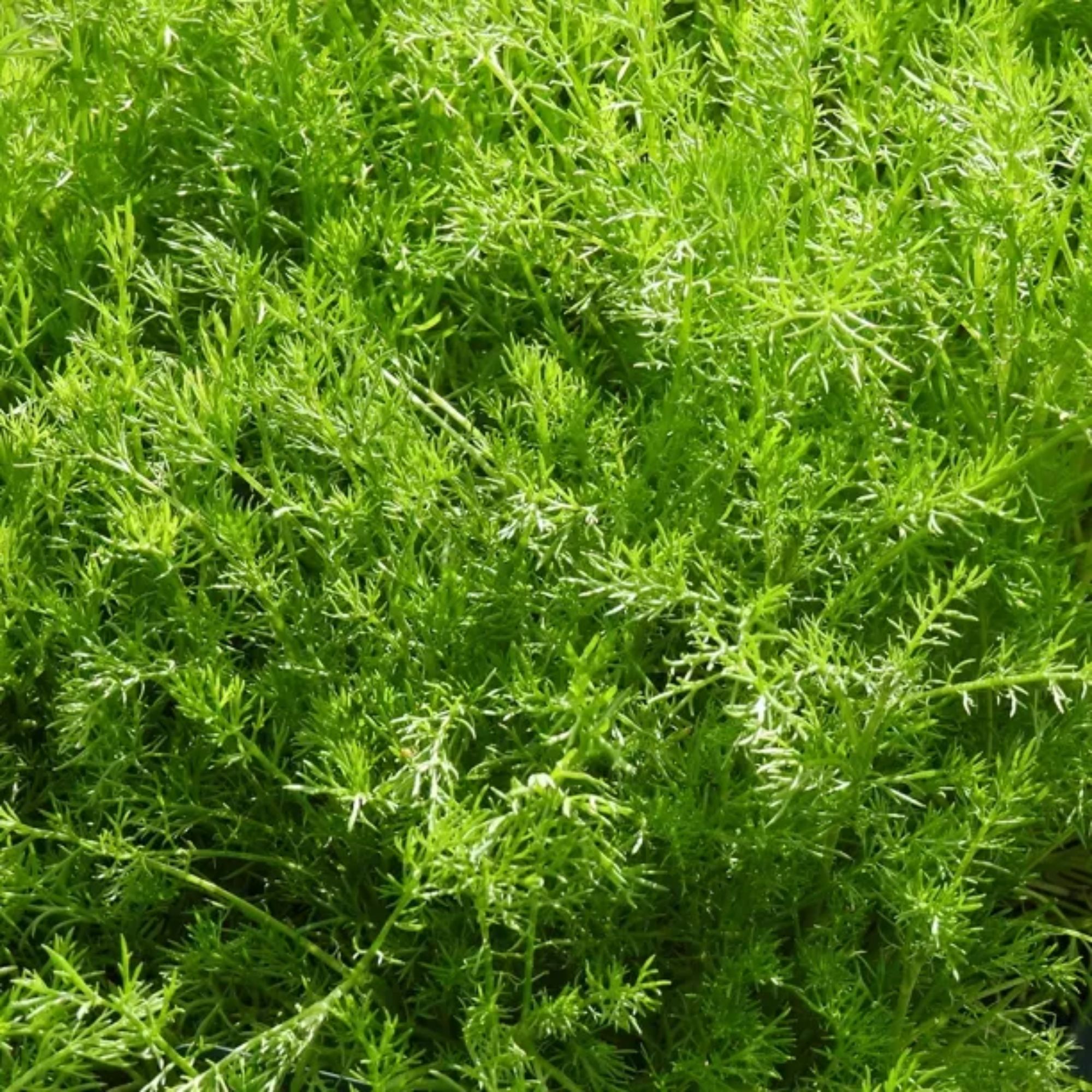How to grow a chamomile lawn for a sweet-smelling (and beautiful) alternative to traditional grass
Fancy a stunning lawn with a wildflower twist? It's time to give chamomile a go


It's official: learning how to grow a chamomile lawn has shot to the top of our garden wish lists – not least of all because it makes such a striking lawn alternative.
Particularly well suited to areas where foot traffic is low (or in areas that are hard to access with a lawn mower), chamomile is one of those lawn ideas that ticks a lot of boxes.
It's fantastically fragrant, for starters, and there are plenty of varieties to choose from, which means you can opt for a non-flowering or flowering variety of chamomile... the latter of which will suit anyone who's keen on creating a bee-friendly wildlife garden!
How to grow a chamomile lawn
'Chamomile lawns have become a really popular lawn idea in recent years, and not just because they are fairly easy to grow,' says Morris Hankinson, director of Hopes Grove Nurseries.

Morris Hankinson is the founder and managing director of Hopes Grove Nurseries Ltd, the UK’s only specialist grower-retailer of hedging plants. He established the thriving business in 1992, shortly after graduating with a Commercial Horticulture Degree from Writtle College, Essex.

'The scent is wonderful, the flowers attract pollinators, and chamomile just looks wonderful,' continues Morris.
'With just a few tips you can change an unloved area in your garden into a beautiful lawn without using grass seed or turf – plus chamomile will stay green even when it’s dry out... and you won’t need to mow.'
What you will need
If you'd like to learn how to grow a chamomile lawn, it's worth taking some time to decide which variety is best for you.
Sign up to our newsletter for style inspiration, real homes, project and garden advice and shopping know-how
'If you want a non-flowering variety that only grows about 10cm high, try something like Chamomile Treneague,' says Christopher O'Donoghue, one of the directors of Gardens Revived.

A gardener with over a decade of experience under his belt, Christopher set up Gardens Revived with his brother, Andrew, in 2018 to create a thriving family business. Together, they have worked on residential gardens, listed buildings and gardens, flower shows and large estates with some exceeding 70 acres – many with historical significance.
'If you'd prefer a lawn filled with flowers come summertime, try something like Chamomile Flore Pleno,' he continues.
'It makes for beautiful ground cover, although it can grow up to 15cm high – and you'll need to deadhead the flowers regularly, too.'
Morris adds that, while starting your chamomile lawn from seed is possible, buying plug plants is ideal as 'they are off to a great start and will establish quicker'.
You will also need a hoe for weeding the area (or a spade for lifting up any existing turf), a hand trowel for digging in your plug plants, and a good watering schedule.
If you'd like to walk across your chamomile lawn, it's also a good idea to check out our garden path ideas and invest in some paving slabs, to avoid your aromatic ground cover getting too trampled.
Step-by-step guide
Before you begin learning how to grow a chamomile lawn, it's worth making sure you have a nice sunny spot with free-draining soil.
'These are the most important aspects of growing chamomile as it won’t grow well in clay soils,' says Morris, although you can use horticultural grit (such as Westland's Potting Grit from Amazon) to improve drainage.
Once that's done, the rest is incredibly easy...
1.Clear the area
Just as you would when you overseed a lawn, you need to clear the area of all weeds before you plant out your chamomile.
'Using a hoe, clear the area of grass and all weeds so you have completely clear soil,' says Morris.
'If the soil is heavy or not free draining enough, you can incorporate some horticultural grit, too. Then, rake over to the soil is even and clear of stones,' he finishes.

The RHS also advises that you wait a couple of weeks after the first weeding session to allow any stragglers to surface, as these can then be removed before you set to work in earnest.
2. Plant your plugs
Once your area has been cleared, it's time to plant your chamomile plugs.
'You want to dig these into the soil about 15cm apart,' says Morris.
Backfill with soil, firm it around the roots, and ensure your plant is sitting at the same level it was in its pot.
3. Water thoroughly
Don't make any garden watering mistakes with your chamomile lawn, and be sure to water thoroughly while the plants are settling in and especially during any dry periods.
FAQs
Is it easy to grow a chamomile lawn?
It's surprisingly easy to learn how to grow a chamomile lawn – but there is some TLC to consider in terms of its maintenance. Many traditional weedkillers aren't suitable for chamomile, for example, and they can become patchy after winter, which will require you to fill the gaps with new plants.
'I'd also try not to walk on the plants for about 12 weeks so they don’t get damaged when they are young,' says Morris.
'In fact, I would recommend only a light amount of walking on the plants for the first year – after which you’ll be good to take a barefoot walk and release that incredible scent as you go.'
Can you grow a chamomile lawn from tea bags?
Some gardeners have found success growing a chamomile lawn from used teabags, simply by tearing the teabags open, evenly sowing the seeds over soil in full sun, and watering it well.
However, the RHS says that while some species of chamomile 'can be grown from seed, [they] are not ideal for creating a low carpet'.
Now that you know how to grow a chamomile lawn, it's time to decide if this oh-so-pretty ground cover option is right for your very own outdoor oasis.
If it helps tips the scale, though, Morris says that, 'if you plant chamaemelum nobile, you can harvest the flowers for a calming chamomile tea to enjoy while walking on your lawn'.
'It's the perfect use of the flowers when you deadhead to stop the lawn from becoming patchy,' he finishes.
Consider us sold...

Kayleigh Dray became Ideal Home’s Acting Content Editor in the spring of 2023, and is very excited to get to work. She joins the team after a decade-long career working as a journalist and editor across a number of leading lifestyle brands, both in-house and as a freelancer.


